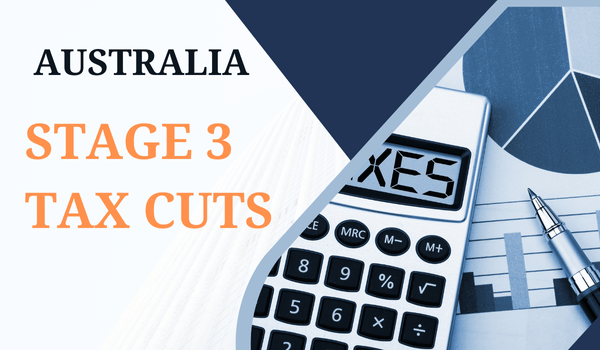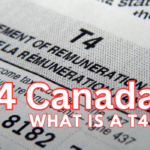Starting today, July 1, 2024, Australian workers across various income brackets will benefit from significant tax cuts ranging from $350 to $4500. These adjustments, part of Labor’s stage three tax cuts announced by the Albanese government in January and detailed in the federal budget last month, aim to provide much-needed relief, particularly for low- and middle-income earners.
Stage 3 Tax Cuts
Under the new tax structure, individuals earning between $18,201 and $45,000 will see their tax rate decrease from 19% to 16%. For those earning above $45,000, the tax rate drops from 32.5% to 30%, though this bracket now extends only up to $135,000 instead of $200,000 as previously planned under the Morrison government.
The restructured brackets also mean that people earning between $135,000 and $190,000 will now pay 37% tax, with the highest tax bracket of 45% applying to incomes over $190,000, instead of the previous $180,000 threshold.
|
Important Links |
Balancing Benefits Across Income Levels
The revised tax cuts represent a shift from the original stage three tax cuts, which would have eliminated the 37% tax bracket entirely and created a flat 30% rate for incomes between $45,000 and $200,000.

This change particularly impacts high-income earners, who will still receive substantial tax cuts, though less generous than initially proposed. For instance, an individual earning $200,000 annually will see their tax savings decrease from $9075 to $4529 per year.
Broad Impact on Taxpayers
Labor’s adjusted tax plan ensures that all 13.6 million taxpayers will benefit from a cut, with an additional 2.9 million individuals receiving cuts compared to the original proposal.
Notably, 84% of taxpayers will now enjoy larger cuts than previously planned, with the average taxpayer saving approximately $1888 annually. The Grattan Institute highlights that individuals with taxable incomes below $146,486 will either receive the same or greater tax cuts under the new plan.
Economic and Fiscal Implications
Implementing these tax cuts comes at a considerable cost, estimated at more than $20 billion annually, equivalent to around 1% of GDP.
This expenditure could increase if future Coalition governments decide to retain the enhanced benefits for high-income earners while also maintaining larger cuts for low- and middle-income earners. According to the Parliamentary Budget Office, the tweaked tax package will cost $8.4 billion over four years up to mid-2026.
Inflation Concerns and Economic Perspectives
While the tax cuts offer immediate financial relief to workers, economists express concerns about potential inflationary effects. Angela Jackson, lead economist at Impact Economics and Policy, warns that the cuts could exacerbate inflation by boosting consumer spending, complicating the Reserve Bank’s efforts to manage the economy.
Despite these concerns, a NAB survey indicates that most Australians plan to save their tax cuts or use them to address cost-of-living pressures rather than splurging on discretionary items.
|
Important Links |
Political Reactions and Future Plans
Prime Minister Anthony Albanese celebrated the tax cuts’ passage through parliament in February as a significant victory for Australian workers, emphasizing that Australians will retain more of their earnings.
In contrast, the Coalition has committed to developing a tax reform package ahead of the next federal election, slated for May 2025, which aligns with the principles of the stage three tax cuts.
Conclusion
The introduction of Labor’s stage three tax cuts marks a substantial shift in Australia’s tax policy, offering broad-based relief across various income levels while maintaining a more balanced approach compared to the original Morrison-era plan. While the economic impacts and inflationary risks remain a subject of debate, the immediate benefits to Australian workers are clear, setting the stage for potential future reforms and ongoing discussions about the nation’s fiscal strategy.





